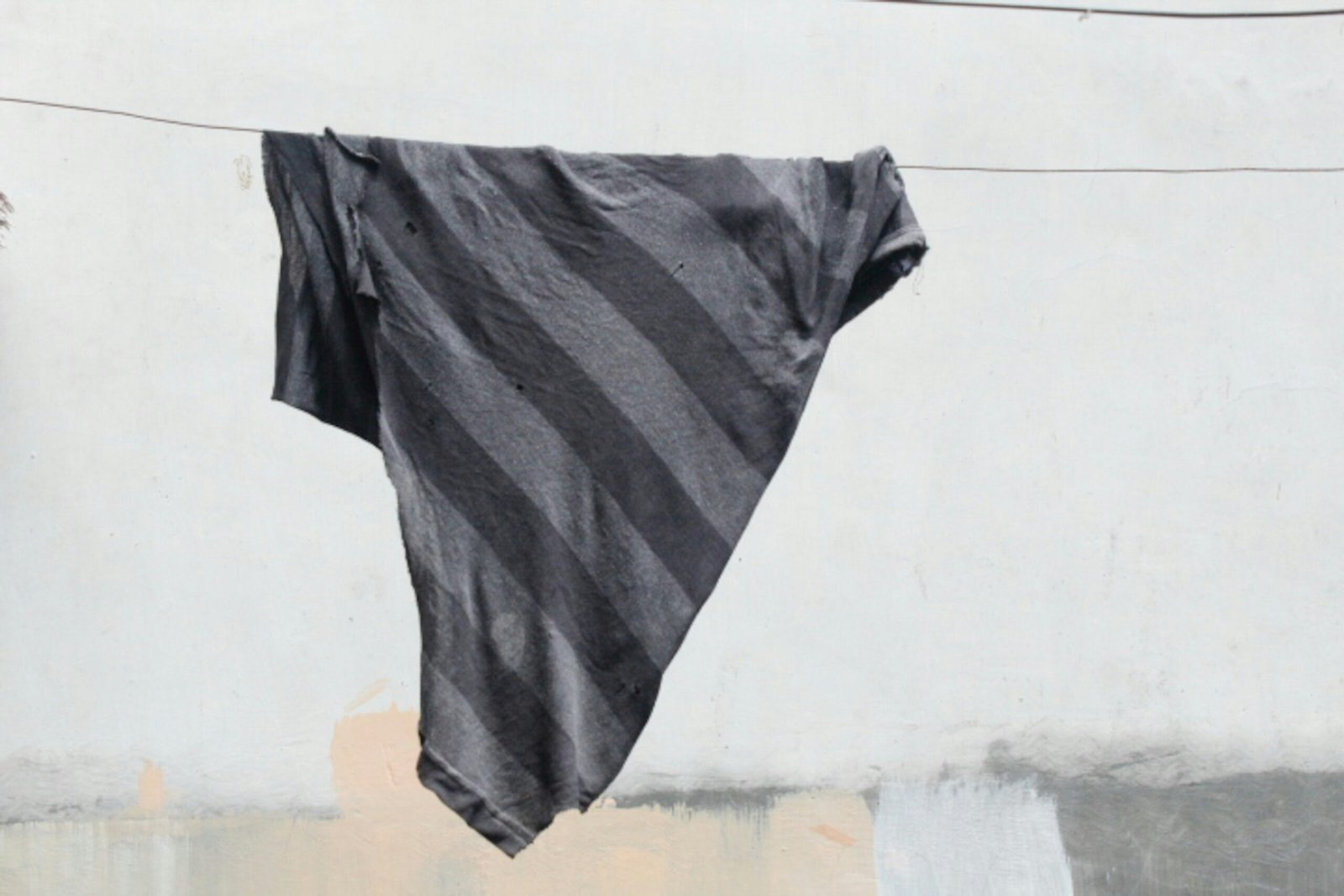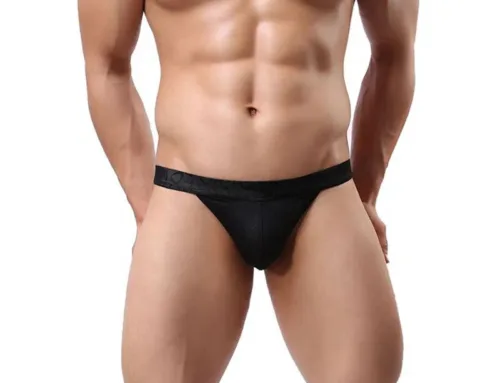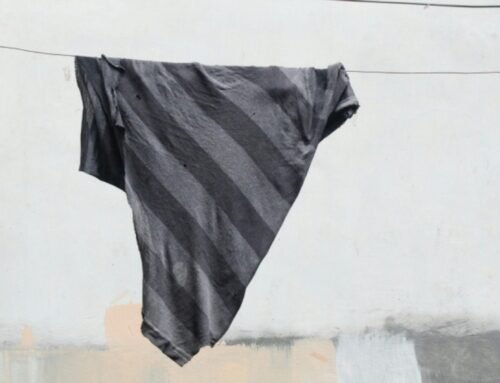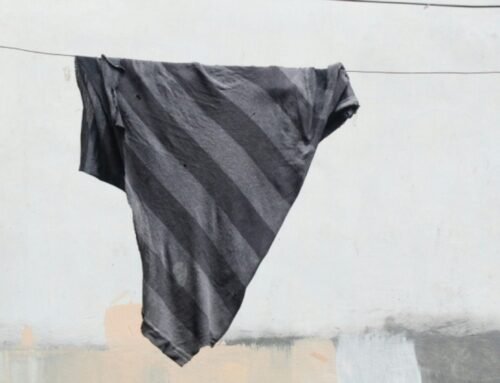Understanding Bodysuits: What They Are and How They Work
Bodysuits have become a staple in contemporary fashion, serving both functional and aesthetic purposes. These fitted garments, which cover the torso and often extend to the crotch, are designed to fit snugly against the body, creating a sleek silhouette. The intricate design of bodysuits includes various necklines, sleeve lengths, and closures, which cater to diverse fashion preferences and body types. For instance, some bodysuits feature high necklines that provide a sophisticated look, while others might incorporate plunging V-necks for a more daring appearance.
The closures of bodysuits can range from snap fastenings at the bottom to zippers or hooks, with each type offering different levels of convenience and comfort. This functional aspect is crucial when considering whether to wear underwear underneath. Some individuals may choose to forego underwear to eliminate visible panty lines, while others may prefer the added layer for comfort and support. The choice often depends on the bodysuit’s design and the setting in which it is worn.
Bodysuits are made from a variety of materials, including cotton, spandex, and lace, each contributing to their versatility and appeal. The material not only affects how the bodysuit fits but also influences how it can be styled. A cotton bodysuit might be easily dressed down for casual wear, while a lace or silk version can be combined with skirts or tailored pants for a more polished or evening look. Ultimately, the diverse options in bodysuit designs allow for personal expression, creating combinations that can complement any wardrobe. Thus, understanding how bodysuits work and their available choices is essential in making informed decisions about styling and whether or not to wear underwear with them.
The Pros and Cons of Wearing Underwear with Bodysuits
When considering whether to wear underwear with a bodysuit, it is essential to balance comfort and aesthetics. One of the primary advantages of wearing underwear beneath a bodysuit is the added layer of comfort and security it provides. Many individuals find it reassuring to have an additional layer, especially when it comes to personal hygiene. For instance, wearing underwear can be beneficial during long hours of wear, as it can help absorb moisture and reduce friction, which is particularly relevant for those who choose form-fitting styles.
However, there can be notable downsides to this approach. Bodysuits are designed to create a sleek silhouette, and adding underwear may result in visible panty lines, which can detract from the overall look. This concern is amplified in tighter bodysuits made from thinner fabrics. Many individuals prefer the clean, seamless aesthetic that comes from opting to wear bodysuits alone, which can enhance one’s confidence when styled effectively. The choice of fabric also plays a significant role; fabrics that are more forgiving may conceal any potential lines better than those that are not.
Ultimately, personal preference plays a crucial role in this decision. Some find the freedom of skipping underwear liberating, while others can’t compromise on the sense of security it offers. Furthermore, situations may arise where wearing underwear is necessary—such as in professional settings or during specific activities—where the additional layer might be preferred for functional reasons. On the other hand, social occasions may prompt individuals to opt for a ‘no underwear’ approach to maximize the bodysuit’s flattering design. Therefore, weighing the pros and cons can lead to a more informed decision regarding personal style and comfort.
Styling Tips: How to Wear Bodysuits Effectively
Bodysuits have become a versatile staple in modern wardrobes, allowing for an array of stylish outfits suited for various occasions. When considering how to wear a bodysuit effectively, styling plays a crucial role. One essential tip is to choose the right bodysuit for your body type. For example, if you have a curvier figure, opt for bodysuits with supportive details like ruching or structured bodice designs, as these can enhance your silhouette. Conversely, those with a straighter frame may prefer bodysuits that have a bit more structure to create the illusion of curves.
Another factor to consider is the occasion for which you are dressing. For formal events, a sleek, fitted bodysuit can be paired with high-waisted tailored trousers or a midi skirt, creating a polished and sophisticated look. In casual settings, one may opt to combine a bodysuit with denim shorts or a flowy maxi skirt, offering a relaxed yet stylish appearance. Additionally, think about incorporating layering techniques. For chillier days, a chic blazer or oversized cardigan can elevate the ensemble while providing added comfort.
Accessories also play a significant role in enhancing a bodysuit outfit. Statement jewelry, such as oversized earrings or layered necklaces, can draw attention upward and add personality. Meanwhile, a belt can be an effective accessory to highlight the waist, especially when wearing high-waisted bottoms. Footwear choices should align with the overall vibe of the outfit; ankle boots impart a trendy flair, while classic pumps maintain a traditional elegance. Ultimately, wearing a bodysuit is about confidence and comfort. By considering your body type, the occasion, and thoughtful layering and accessorizing, you can effectively showcase this fashionable piece effortlessly.
Personal Preferences and Trends: What Are the Current Norms?
As fashion continues to evolve, the question of whether to wear underwear with a bodysuit has become a topic of considerable debate among style enthusiasts. Personal preferences play a significant role in this discussion, influenced by various factors such as body confidence, comfort, and individual style. Some individuals choose to forego underwear to achieve a seamless look, feeling that it enhances the bodysuit’s sleek silhouette. Others may opt for underwear for added comfort or modesty, especially when wearing bodysuits made from sheer or form-fitting materials.
Currently, the fashion industry is witnessing a shift towards embracing diversity and individuality in clothing choices. This cultural movement allows for a wider array of personal expressions, making it crucial for individuals to assess their own comfort levels. With bodysuits being a staple in many contemporary wardrobes, they serve as a canvas for personal style. Some might find confidence in baring more skin, while others may feel empowered by layering their bodysuit with additional pieces, including underwear. The array of options, from thongs to high-waisted briefs, highlights the adaptability in accessorizing bodysuits based on personal taste.
Moreover, societal norms regarding body image and fashion are gradually shifting. There is a growing acceptance of various body types and styles, promoting the idea that one should wear what feels comfortable and true to oneself. As celebrities and influencers lead the way in redefining fashion norms, their choices often resonate with audiences, encouraging them to adopt their interpretations of styles such as bodysuits. Ultimately, the decision to wear or not to wear underwear with a bodysuit rests with the individual, empowering each person to curate their unique style trajectory in alignment with their comfort and confidence.





